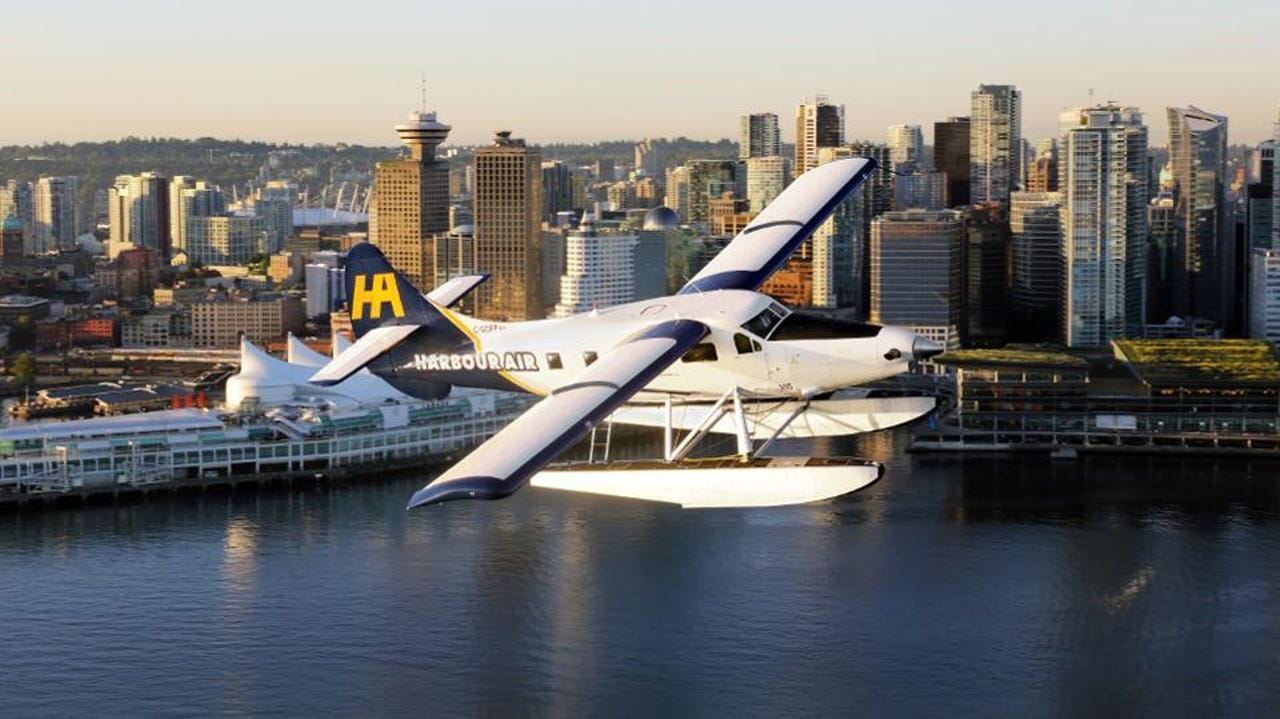After partnership, first all-electric airline on the way


Featured
Electric propulsion may be coming to commercial flight sooner than many thought. On the heels of a partnership between magniX, an electric aviation company, and Harbour Air, North America's largest seaplane airline, comes the announcement today of a plan to convert the seaplanes in Harbour Air's fleet into electric vehicles by swapping in magniX's 750 horsepower all-electric motor for conventional gas engines.
Also: Electric plane crash kills two people CNET
As news of air disasters dominates the headlines this month, it's a welcome bit of bright news for the industry. Aviation currently contributes 12 percent of all U.S. carbon emissions and 4.9 percent globally. Modified Harbour Air planes will compose the world's first completely electric commercial seaplane fleet. The converted planes will have zero reliance on fossil fuels and produce zero emissions.
"Harbour Air first demonstrated its commitment to sustainability by becoming the first fully carbon-neutral airline in North America in 2007, through the purchase of carbon offsets," said Greg McDougall, founder and CEO of Harbour Air Seaplanes. "We are excited to bring commercial electric aviation to the Pacific Northwest, turning our seaplanes into ePlanes."
Last year I wrote about about renewed interest in electric aviation following the European Commission's Flightpath 2050 guidelines, which set goals of "zero-emission ground maneuvering, a 90 percent reduction of NOx, 75 percent lower in-flight CO2 emissions, and a 65 percent decrease of noise emissions of flying aircraft by the year 2050" as compared with year 2000 levels.
Electric airplane engines are the most viable way to achieve those goals, and that's spurred private industry development, with companies like magniX racing to be first to bring commercial electric aviation retrofit options to market. The first adoption cases will target middle route flights of 1000 miles or less, which tend to be less economical for airlines to operate. Electric engines should reduce operating costs significantly. Currently, fuel accounts for 30 to 50 percent of aviation operating costs, and a price increase of just one penny per gallon equates to about $200 million spent by airlines in the U.S. on fuel per year.
Also: The 5 worst airports for business travel TechRepublic
"In 2018, 75 percent of worldwide airline flights were 1,000 miles or less in range. With magniX's new propulsion systems coupled with emerging battery capabilities, we see tremendous potential for electric aviation to transform this heavily trafficked 'middle mile' range," said Roei Ganzarski, CEO of magniX.
Harbour Air operates routes between hubs like Seattle and Vancouver in the Pacific Northwest, serving more than 500,000 passengers on 30,000 commercial flights each year. The company will start by converting a six-passenger commercial aircraft called the DHC-2 Havilland Beaver.
Test flights will begin late this year.